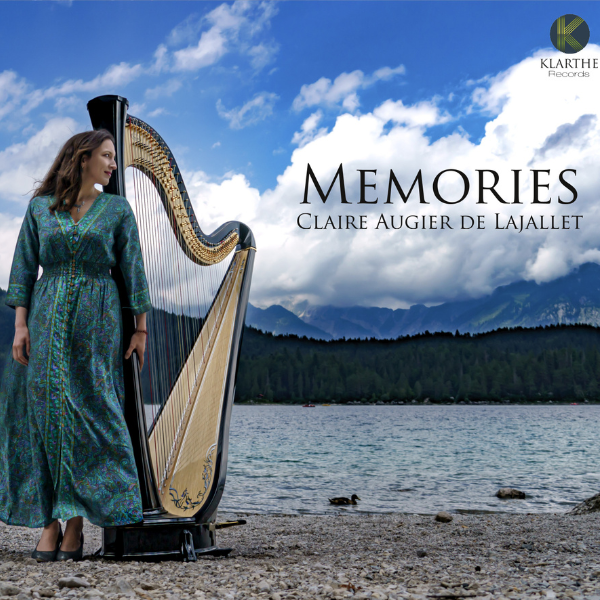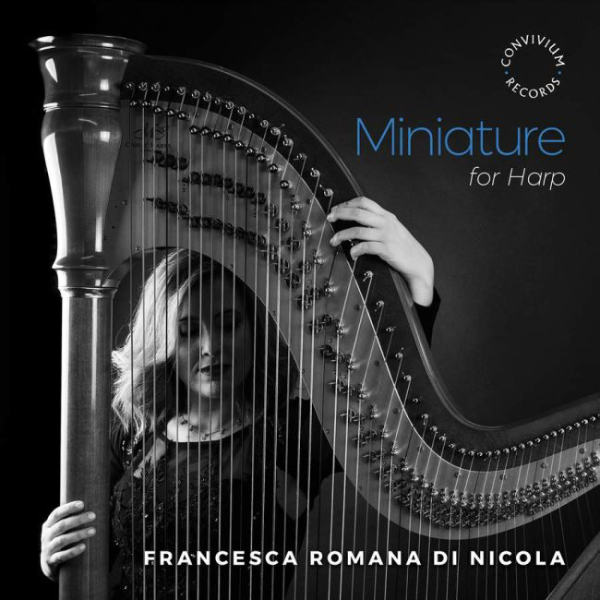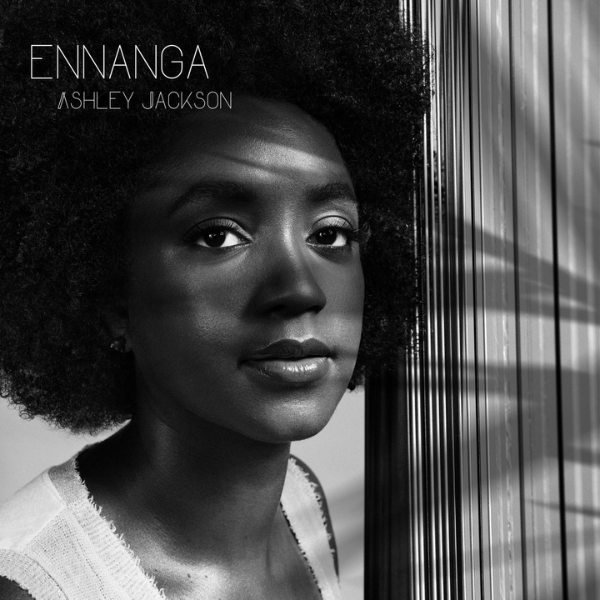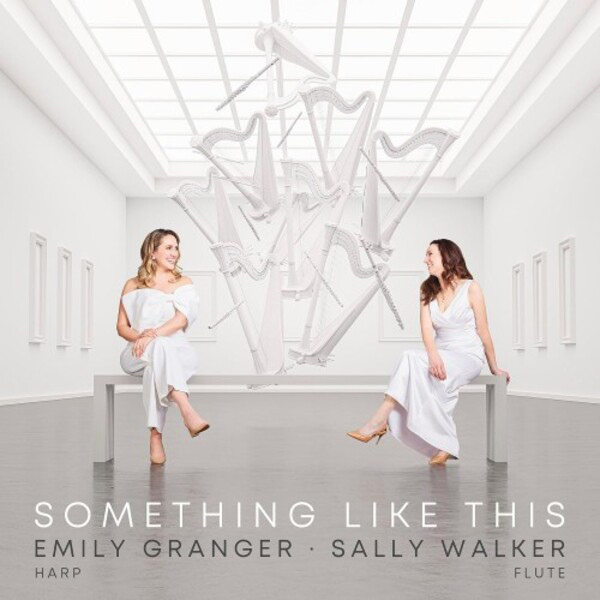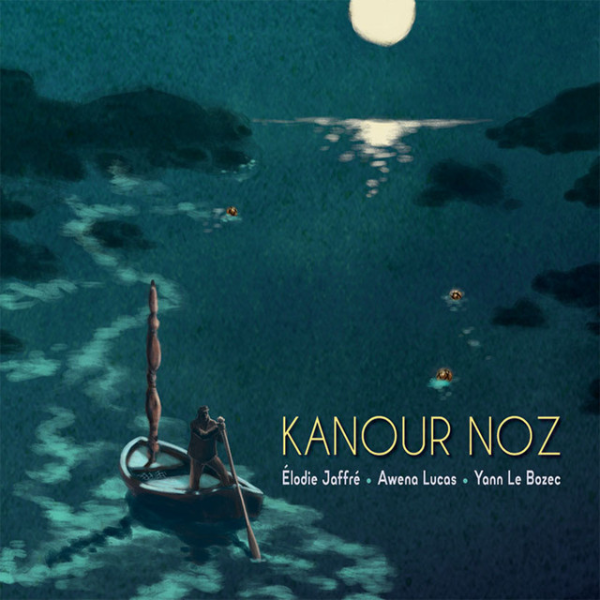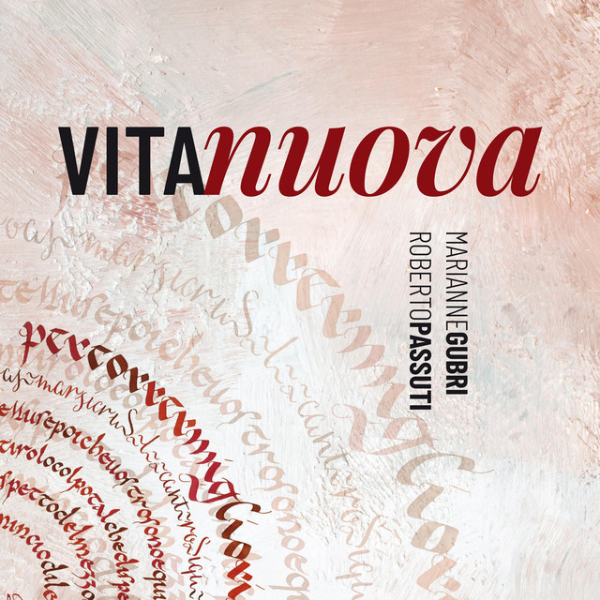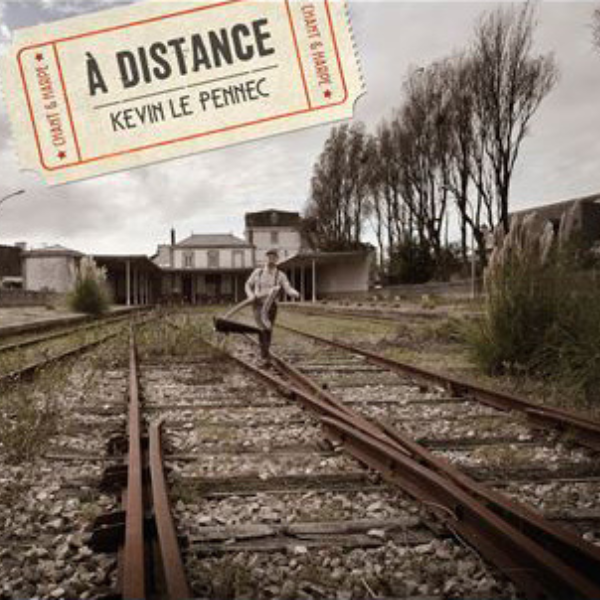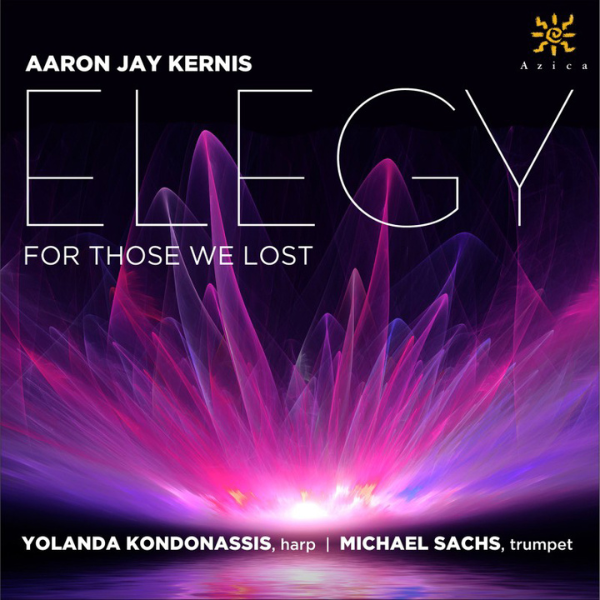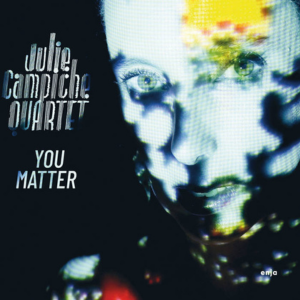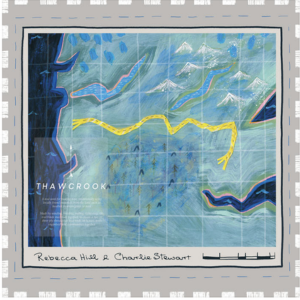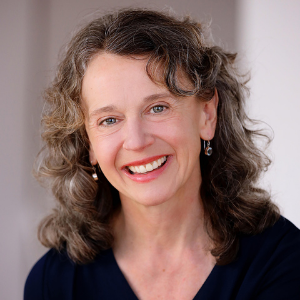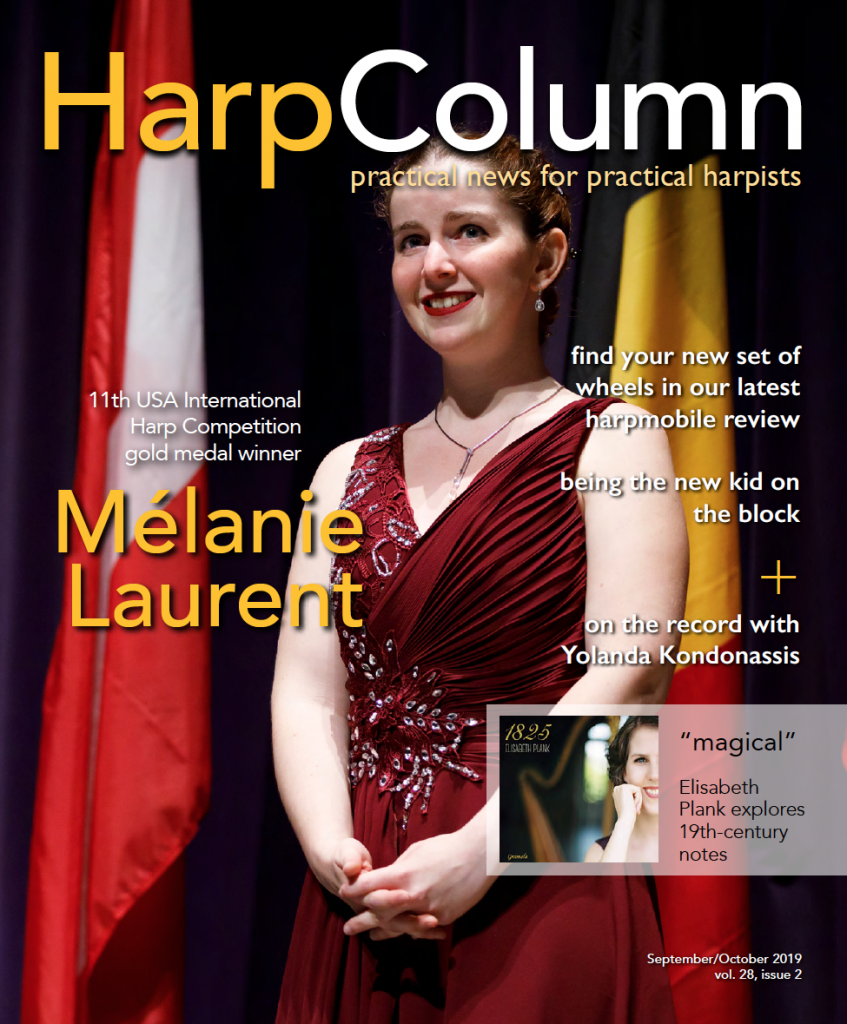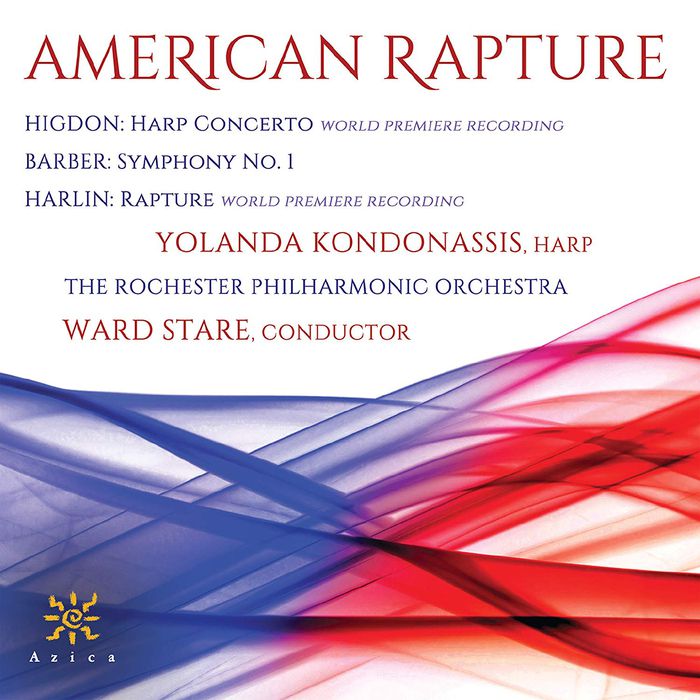
10/10
Yolanda Kondonassis, harp; Rochester Philharmonic with Ward Stare conducting. Azica, 2019
Yolanda Kondonassis gave a tall order when pitching the idea of a new harp concerto to Pulitzer-prize winning composer Jennifer Higdon. The piece should be “strong, agile, lyrical, feisty, energetic, and even heroic when necessary.” And if she’s able to fulfill the order, how about also making the piece fun to play for both soloist and orchestra. Not only did Ms. Higdon heartily agree, she delivered with such élan and seeming ease, it’s as though this glorious piece had simply been in the ethos and had to be lassoed and brought down to our earthly plane and released to our ears. Not mentioned in that original discussion was how much fun it would be for the listener. Ms. Higdon describes the joy of creating a work for a harpist obviously filled with enthusiasm for her instrument. That enthusiasm infects all of us who touch this Concerto for Harp—the soloist, orchestra, conductor, engineers, and listeners.
The first movement “First Light” begins with the harp in a contemplative mood, leading to a kind of conversation with orchestra. A mutual choice between artists and creator was made to amplify the harp, and this allows for all sorts of sound exploration, the splendid Rochester Philharmonic led by Ward Stare never needing to hold back for balance. Timbers tumble out like waves, some lyrical and tender before billowing into an intensity worthy of full brass and bright percussion. This is unexpected in a harp concerto and presents Ms. Kondonassis with the opportunity to totally live in her virtuosic self without compromise.
“Joy Ride” is as described opening with horns, and spunky strings inviting—or challenging?—the harp to keep up on this wild, propulsive ride. Ms. Kondonassis’ technique is spot-on, seesawing from playful to acerbic when the music demands. Ms. Higdon’s writing for choirs is inventive and thrilling, and we “hear” color as if through a kaleidoscope. Written with Ms. Kondonassis’ daughter in mind, “Lullaby” is a moment that brings hush to the racing heart of the previous movement. Absolutely luscious playing by flute and viola in a trio with harp remind of Debussy with vibraphone gently accenting the soundscape, perhaps like the Fauvists pushing against the restrictive palette of the Impressionists. Ms. Kondonassis plays with sweep as well as delicacy and care, seemingly inviting each solo instrument to come out and play for a while.
The mood is short-lived before we’re exposed to the rocking groove of “Rap Knock.” Slap pizz, percussion, and Ms. Kondonassis’ knuckles against the sound board remind us that the harp is not all angelic ladies in long gowns, she can also climb trees and skin her knees with the best of them. Ms. Kondonassis does not hold back, and it just gives you chills realizing this is what the harp can do!
Also on the disc are Samuel Barber’s one movement Symphony No. 1 and the world premiere recording of Patrick Harlin’s Rapture based on the intense emotional experience that occurs when ultra-cavers lose all sense of natural circadian rhythms. The phenomenon is marked by panic and a need to escape, and yet the flip side is the experience closely resembling religious fervor. The work is intense, for sure, but surprisingly attractive in its pulsating energy all exceptionally played. You simply can’t turn away.






